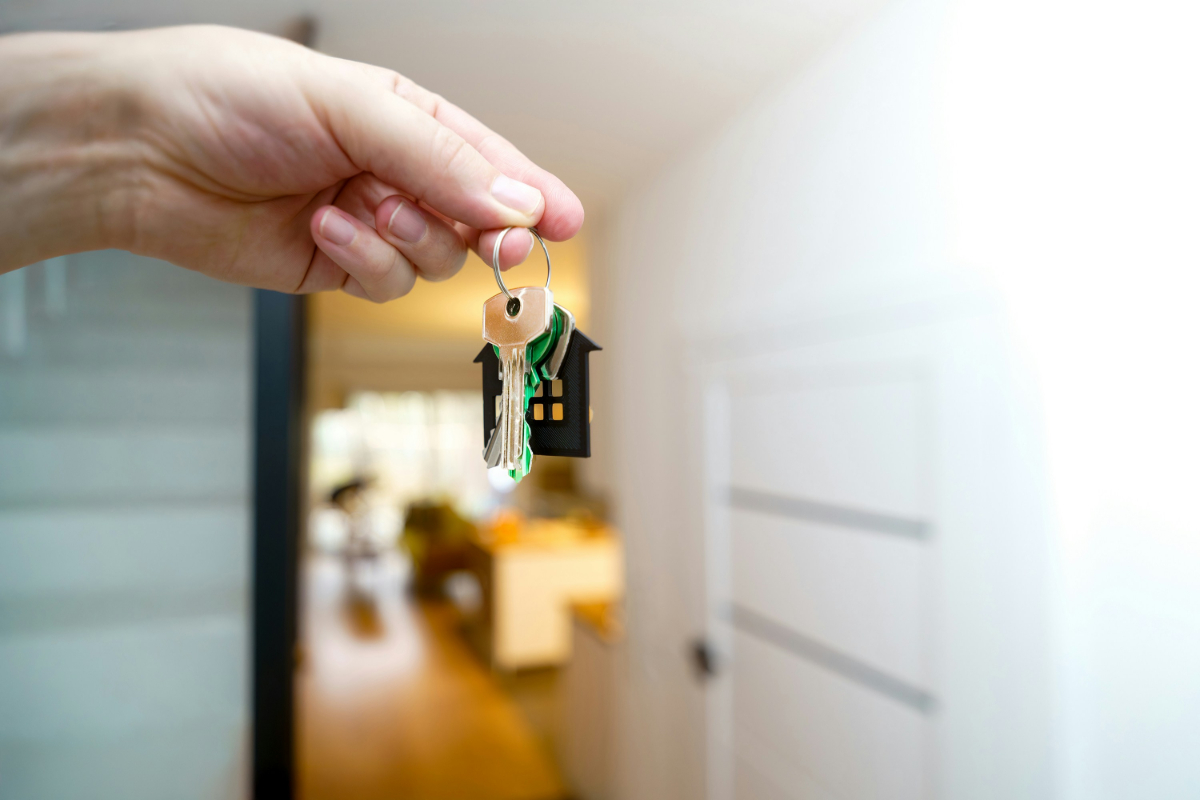Housing affordability is a big challenge, and policymakers are exploring ways to make buying a home easier. One idea getting attention is the portable mortgage — and it could solve a real problem many homeowners face today.
What Is a Portable Mortgage?
A portable mortgage lets a homeowner take their existing mortgage with its current interest rate and move it to a new home. Normally, when you sell your house, your mortgage is paid off, and you must take a new loan at whatever the current rates are — which might be much higher than your old rate.
With a portable mortgage, you don’t lose your low-rate loan when you move. This encourages homeowners to sell and upgrade without being penalized by rising interest rates.
Why It’s Better Than a 50-Year Fixed Mortgage
Some have suggested 50-year fixed mortgages to lower monthly payments. While this can make payments smaller, it has a downside: it locks homeowners into their current homes. People with low rates are often reluctant to move, which reduces the number of homes available for buyers.
A portable mortgage solves this problem: it allows homeowners to move freely while keeping the low rate on part of their mortgage. This increases housing turnover and makes more homes available for others.
How the Savings Work — A Simple Example
Let’s say a homeowner wants to move to a new home:
- Current home sale price: $300,000
- Mortgage balance: $100,000 at 3% interest
- Equity available: $200,000
- New home price: $400,000
- Current market rate: 6%
Scenario 1: Using a portable mortgage
- Port the $100,000 mortgage at 3%
- Use $200,000 equity as down payment
- Borrow the remaining $100,000 at 6%
Monthly payments:
- $100,000 at 3% → ~$422
- $100,000 at 6% → ~$599
- Total: ~$1,021
Scenario 2: Without a portable mortgage
- Apply the $200,000 equity as down payment
- Borrow $200,000 at 6%
Monthly payment:
- $200,000 at 6% → ~$1,199
Monthly savings with a portable mortgage: ~$178/month
Even a modest saving like this can make a big difference over time — and it keeps homeowners from being “trapped” in their current homes due to low rates.
Challenges to Consider
Like any policy, a portable mortgage isn’t without challenges:
- Lender risk: Banks must manage the risk of holding older loans while new loans are added.
- Qualification hurdles: Homeowners still need to qualify for the additional mortgage amount at current rates.
- Complexity: Processing ported mortgages requires new legal and administrative procedures.
- Market impact: It could affect pricing or availability of certain mortgage-backed securities.
Despite these hurdles, many experts believe the benefits — increased mobility, lower payments, and better housing turnover — make it worth exploring.
The Big Picture
A portable mortgage can:
- Encourage homeowners to move, upgrade, or downsize
- Keep more homes on the market for buyers
- Reduce monthly payment burdens for those moving
- Make the housing market more flexible and affordable overall
Take Control of Your Housing Budget
If you want to see how much house you can comfortably afford — try our Housing Affordability Calculator. It helps you understand your monthly payments, factoring in your income, down payment, and other costs, so you can plan your next move with confidence.

Leave a Reply